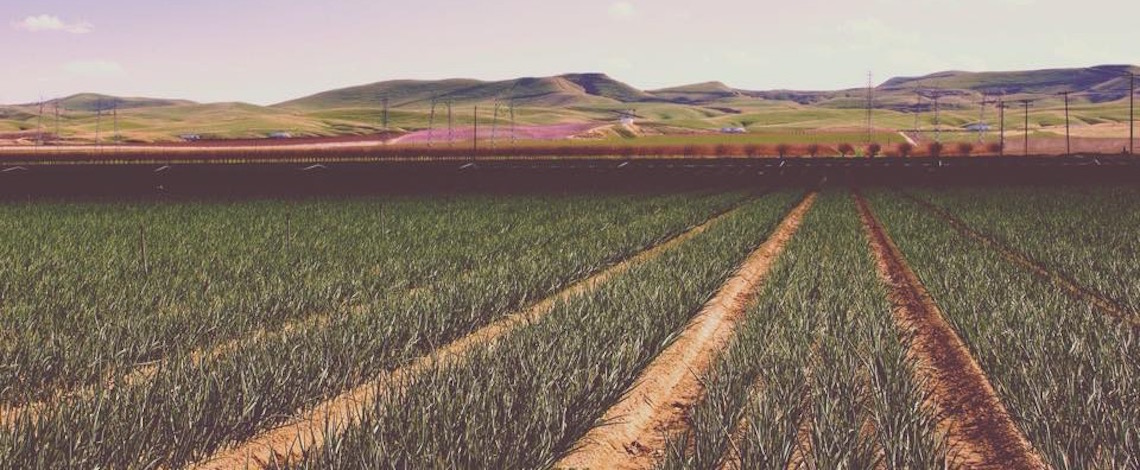
File photo
Written by Edward Smith
The economic impact of farming in the Westlands Water District has only grown in the past six years even as water availability has become more uncertain, according to a study commissioned by the district.
And economist Dr. Michael Shires of Pepperdine University says governments and agencies need to come up with creative strategies to address water issues as pandemics and war disrupt the foreign trade that keeps the food market buoyed.
Shires’ study found that agricultural production in the half-million acres covered by Westlands brought $4.7 billion in total economic punch and 35,115 jobs to the region. This is compared to 2016 when a similar study was last done when Westlands spurred $3.6 billion in economic activity and created 28,000 jobs.
This includes jobs harvesting to sorting and packaging as well as those jobs associated with increased employee income and consumption.
Nearly $2.9 billion came directly from agricultural production in Westlands, as well as 25,240 jobs, according to the study.
Those employees in agriculture created $1.1 billion in economic activity through increased income and consumption. Because of those dollars in the system, 6,870 jobs were created.
Jobs associated with ag production totaled 3,005 and generated $756.6 million in economic activity.
One-in-seven jobs in Fresno County is related to ag and one-in-five jobs in Kings County is related to ag.
Even with all the ag activity, poverty rates in Fresno and Kings County exceed that of California.
In 2019, less than 10% of families were below poverty level while 13% of families in Kings County were below the poverty level. Nearly 17% of families in Fresno County were below the poverty level, according to Shires’ study.
Considering the impact ag has on the area, Shires came to the conclusion that there was a correlation between those poverty levels and the share of undelivered water to growers.
Peaks and valleys charted in Shires’ graph correspond similarly with low water allocations.
And in the past, growers could rely on groundwater to offset low water allocations, but groundwater management plans have limited the extent to which they can bridge the gap.
“This is a moment in the state’s history that we need to start thinking critically and creatively,” Shires said.
“As a nation we need to set a priority around this.”
Shires mentioned the Central Valley Project and State Water Project were created in response to an apparent problem at the time.
Volatility with water comes at the same time with global uncertainty around international trade.
Shires predicts the legacy of disruptions associated with Covid are going to take two to three years to resolve.
Globally, the Agricultural Commodity Price Index is 40% higher than January 2021, according to the World Bank. Wheat prices have increased by 83% year-over-year and the war in Ukraine has only exacerbated the problem.
Fuel costs have made shipping more expensive and it will be hard to guess which crops can bear higher export costs, says Shires.
Shires said the U.S. economy has been bailed out by international trade for a long time. But he predicts that will be changing in the coming years.







